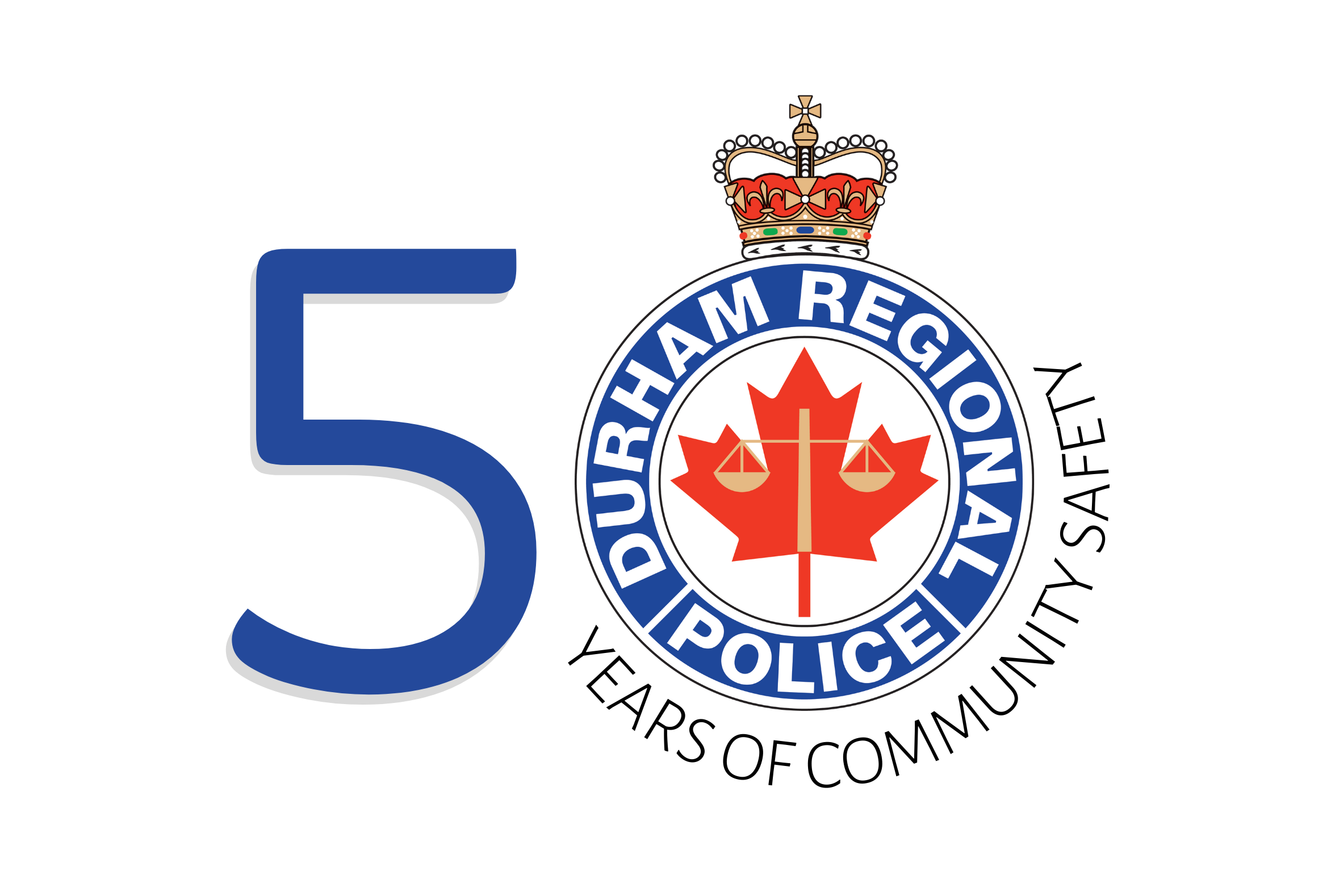Use of Force Race-Based Data
In 2020, DRPS announced a Four-Point Plan aimed at enhancing the accountability of our police service, and continuing to work towards becoming a fully equitable and inclusive organization. Those four initiatives include the collection of race-based data, enhanced transparency, duty-to-intervene training and a demographic census.
DRPS has implemented a number of initiatives to improve, equity and transparency including the creation of the Diversity Advisory Committee. This group of diverse community leaders consults and advises the Service in many key areas to enhance harmony and trust. For greater transparency, DRPS also implemented body-worn cameras in 2021 in a phased approach that will roll out across the service continuing in 2022.
DRPS has also collected and is releasing race-based data with respect to use of force interactions. This data will not be used to stigmatize racialized communities, target officers or impose individual punitive measures but instead allows us to evaluate our operations and work collaboratively with members of racialized communities to achieve common goals. DRPS will continue to collect race-based data related to other service interactions with the community to gain greater insight.
- For context Use of Force is a broad term for police interaction that can include open-handed interaction, aerosol or impact weapon use, Conducted Energy Weapon drawn or used, K9 apprehension, handgun drawn, handgun pointed at person. Note: soft physical control for the purposes of affecting an arrest is not considered Use of Force unless the physical control results in civilian injury.
- DRPS Use of Force incidents accounted for 0.1% of all police-public interactions in 2020
- In all 2020 Use of Force cases, none were determined to be excessive
- Any civilian injuries that were incurred were minor, and there was no difference in the rate of injury across different racial groups
- 61% of Use of Force Cases involved White civilians (145 cases) who make up 72 per cent of Durham’s population and 22% of Use of Force cases (or 53 incidents) involved Black civilians who make up 8% of Durham’s population.
- 74% of all Use of Force incidents were reactive in nature (i.e., resulted from calls for service from members of public or were follow-up investigations)
- 70% of incidents involving Black citizens (37/53) were reactive. 28% were proactive (officer-initiated)
- 77% and 22%, respectively, for White citizens.
- 34% of Use of Force incidents involved a weapons or armed person call, which often requires Use of Force approaches. The data shows an over-representation of Black civilians among these call types
- Black subjects made up 25% of all weapons/armed person calls
- Of these calls, 95% (19/20) were reactive (citizen-initiated)
- However, in more than 50% of these cases, no weapons were ultimately identified
- Further, no differences were observed in the likelihood of officers using an alternative form of conflict resolution during incidents with different racial groups

